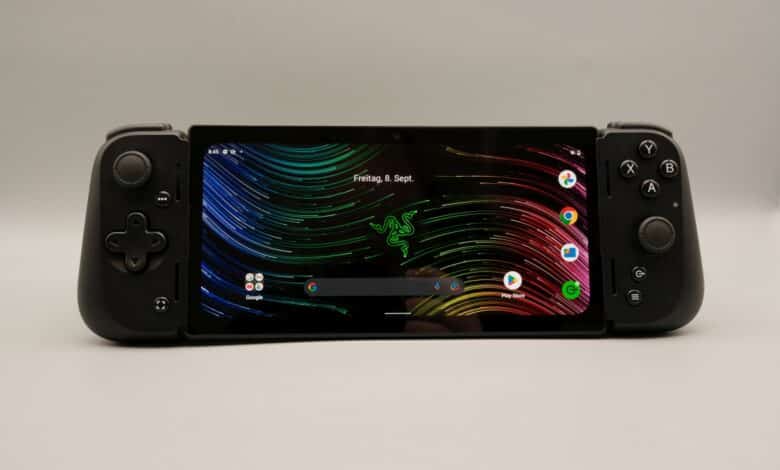
Gaming handhelds are more popular than ever. After Steam Deck, ASUS ROG Ally or Lenovo Legion Go, Razer is now also entering the handheld market. The Razer Edge was already announced last year, but initially only launched in the US. In the meantime, the hybrid of Android tablet and handheld is also available in Germany. Our Razer Edge review explains what the device is capable of.
Technical data
| Chipset | Qualcomm Snapdragon G3x Gen 1 |
| Memory | 8 GB LPDDR5 |
| System memory | 128 GB (UFS 3.1); expandable by 2 TB (microSD) |
| Display | 6.8 inch (AMOLED); FHD+ (2400 x 1080); 144 Hz |
| Connectors | 1x USB Type-C (tablet). 1x USB Type-C; 1x 3.5mm jack (controller) |
| Mobile Standards | Wi-Fi 6E; Bluetooth 5.2 |
| Cameras | 5 megapixels (1080p at 60 fps) |
| Battery | 5,000 mAh |
| Weight | 385 grams |
| Dimensions | 84.5 mm x 167.8 mm x 10.8 mm |
| Price | € 359.99 * |

Razer Edge review: design and build
- High-quality, sleek design
- Appreciately compact and lightweight
- MicroSD card slot
The Razer Edge (in the Wi-Fi variant) arrives at the editorial office in a compact box including the typical Razer design. The individual components of the handheld are neatly sorted inside.
The Edge is basically made up of two components. A 6.8-inch tablet and the Razer Kishi V2 Pro mobile controller, which is also available separately for around 150 Euros and in theory turns every Android smartphone into a gaming handheld.
In terms of design, the combo goes for the classic Razer look. A lot of glossy and quite fingerprint-prone black including a contrasting Razer logo on both grips. Otherwise, the build quality is impeccable and absolutely lives up to the high price.
The tablet component measures 84.5 mm x 167.8 mm x 10.8 mm (height x width x depth), weighs around 264 grams and does not sit completely wobble-free on surfaces thanks to its rounded back.
The Kishi V2 Pro on the other hand adds another 121 grams to the package. Overall, the composite ends up at 385 grams and thus achieves a very pleasant weight.
Like a classic (and usually much larger) Android tablet – or smartphone – the Razer Edge comes across visually. Three buttons are found on the top: Volume up and volume down, as well as the power button. A microSD card slot is found at the bottom to expand the internal storage if needed.
The USB-C port for charging or connecting to the controller is found on the right side. A microphone on the top and bottom, as well as a total of six air vents on the back round off the design.
What is striking: The display edges of the handhelds are comparatively large and asymmetrical. One centimeter at the top, 0.8 mm at the bottom and a bit less at the sides, which robs the display of quite a bit of screen space. Also because the edges are rounded.
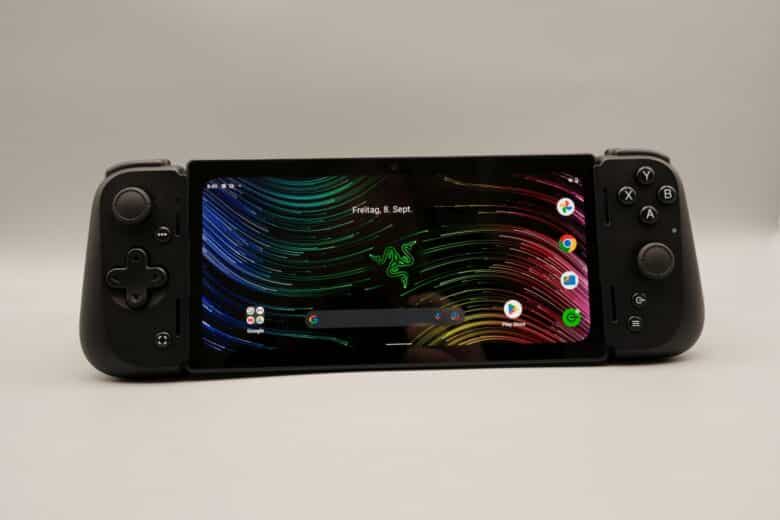
The Kishi V2 Pro controller adds a console-level control concept to the Edge (more on that in a moment). Additionally, this has a USB-C port on the undersides for charging, as well as a 3.5mm jack for connecting to headphones if desired.
Usage and interface of the Razer Edge
- Excellent controller
- classic Android tablet user experience
- Operator concept fairly inconsistent
Setting up the Razer Edge is very reminiscent of any regular Android smartphone or tablet. Add a Google account, grant permissions and off you go. The interface also comes up as a classic Android user interface.
On the home screen, we are greeted by the Google search bar, a folder with Google apps, and a sidebar complete with four applications. Yep, at its core, the Edge is nothing more than a normal tablet – just in a handy mini form factor. Including apps like browser, streaming services, WhatsApp and more.
This also affects the operation and menu navigation. Those who have already been in the Google ecosystem will immediately find their way around the Razer Edge. No wonder, since the standard Android 12 is used as the OS.
However, the operating concept within the user interface does not seem fully developed in my eyes. In combination with the Kishi V2 Pro controller, I can navigate comfortably with the analog sticks and buttons or start apps, but inputs are only possible via the touchscreen.
This means that I can open Google Chrome with the controller and scroll through websites, but I can only type or open articles via the touchscreen. In my opinion, this could have been solved better.
But enough complaining. The combination with the controller is excellent in games, which is what the Razer Edge is mainly about. I particularly like the grippy backs and the pleasantly tactile buttons, as well as the convincing triggers. That fits.
IF, yes if, the controller is supported as well. Gamepad support on Android is considered rather inconsistent anyway, and so you have to manually adjust and set up the controls in many games on the Razer Edge as well.
Razer’s Nexus app offers the option of simulating a virtual controller in case of need. Once the virtual controller is set up, the controls can be used without problems in most cases. However, this only works when games have been started via Nexus.
The display of the Razer Edge
- Fast and high-resolution display
- Good, but not very good brightness
- Very thick and rounded display edges
Ther Razer Edge relies on a 6.8-inch AMOLED display that has a fairly high resolution of 2,400 x 1,800 pixels. It achieves a refresh rate of up to 144 Hz, which can also be limited to 60 or 120 Hz in the menu if desired.
The display is enormously colorful and rich in contrast and definitely pleases. Even the screen of the Nintendo Switch OLED, but also the competition from Valve and Co. is clearly behind it.
However, the maximum brightness could be a bit higher, but that’s complaining on a high level. The display is definitely top. Unlike the large and rounded display edges I already mentioned, which I don’t like at all and take away quite a bit of the screen area.
Features and hardware
- Fast SoC
- decent camera
- excellent speakers
The Razer handheld is powered by a Qualcomm Snapdragon G3x Gen 1 SoC, a fairly new chipset aimed specifically at handhelds. Concrete details about the chip are scarce, but tests show that the octa-core CPU combines a 3 GHz core with three 2.4 GHz and four 1.8 GHz cores.
In addition, there is a powerful GPU that is based on the Adreno 660 and is supposed to realize more performance. The benchmark results in various tests show that the SoC places itself somewhere between the Snapdragon 8 Gen 1 and Snapdragon 8 Gen 2 in terms of performance:
Especially the single-core scores are convincing, but the G3x lags a bit behind in terms of multi-core performance.
| Geekbench 6 Multi-Core | 3,761 points |
| Geekbench 6 Single-Core | 1,587 points |
| Geekbench 6 GPU | 4,611 points |
| PCMark Work 3.0 | 15,706 points |
| 3DMark Wild Life Extreme | 1,476 points |
| 3DMark Wild Life | 5,401 points |
Razer provides the SoC with 6 GB of LPDDR5 RAM and 128 GB of UFS 3.1 system storage, which can be expanded up to 2 TB via microSD card. Fast Wi-Fi 6E, which is especially important for game streaming, and Bluetooth 5.2 are also part of the package.
A 5-megapixel webcam at the front with 1080p resolution at 60 fps offers decent quality, but nothing more.
Razer installs two stereo speakers that simulate surround sound via THX Spatial Audio. The speakers actually deliver an excellent sound and are pleasantly loud, but software adjustments of the sound are not possible.
All in all, the hardware is very powerful and can handle even the most demanding games without any problems.
How good is gaming on the Razer Edge? Hands-on test
- Impaculate gaming performance
- Practical virtual controller feature
There is absolutely nothing to complain about the Razer Edge’s performance. Even if the SoC cannot quite keep up with the Snapdragon 8 Gen 2 in benchmarks, all games are smoothly playable – no matter if Call of Duty: Mobile, Fortnite, Genshin Impact or Pokémon Unite.
In combination with the excellent controller, the gaming experience is actually on console level. That is, if the respective game offers controller support. If not, there is still the option to control the tablet via touch without a controller or to use the virtual controller.
However, the latter has to be reconfirmed at every game start and does not always work completely smoothly. In Genshin Impact, for example, the various options such as left stick, right stick and buttons have to be dragged and linked via the user interface for configuration.
Then the controls work quite well – With the exception of the rotation of the camera, which simply could not be configured properly. On the other hand, it looked much better in CoD, not to mention Fortnite, which has native controller support. However, the Edge cannot be blamed for all that; it is rather an Android problem.
The handheld is capable of game streaming. Apps like GeForce Now, Steam Link or Xbox Cloud Gaming are already preinstalled and ready to go. Thanks to fast Wi-Fi 6E, this also works flawlessly, even at high frame rates.
The Razer Edge’s fans are always audible, but never unpleasantly loud. The heat dissipation works very well, although the display gets quite warm, but it is never uncomfortable.
The Razer Nexus acts as a control center where all installed games and gaming services can be accessed. The interface looks tidy and well thought-out, but lacks many features.
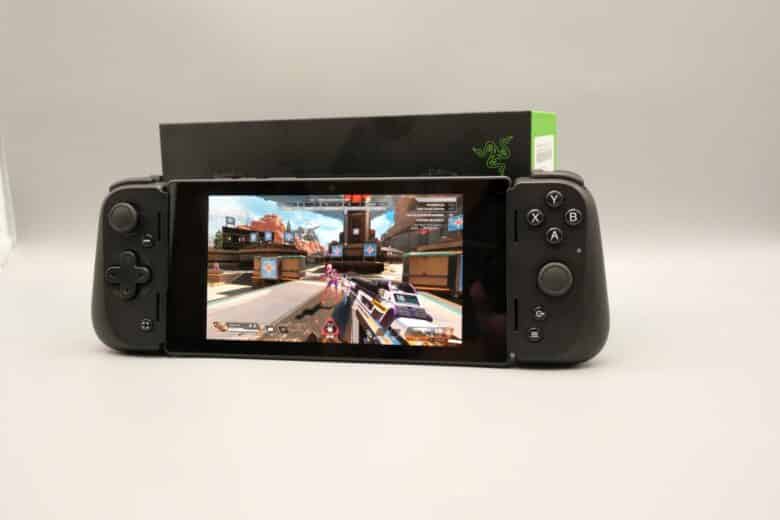
I don’t really find the operating concept well thought-out: Although I can operate the Android interface via controller and also navigate through Nexus, switching back to the home screen via pressing the Nexus button doesn’t always work – although in about 90 percent of the cases.
On the other hand, the Edge functions as a classic Android tablet with or without the controller. A real added value: Surfing the web is just as possible as streaming movies and series or using apps. Very practical.
Battery life of the Razer Edge
- Very good runtimes in Android and cloud gaming
- About 6 hours of runtime in native games
Razer equips the Edge with a 5,000 mAh battery. The SoC works quite efficiently, allowing the handheld to easily achieve runtimes of around 10-11 hours during video streaming and other tasks.
The handheld also achieves good runtimes of around 8 hours in cloud gaming, which puts much less strain on the CPU. However, the device runs out of breath much faster in local and demanding games. Just under 6 hours of continuous gaming are possible, but still a good value, especially compared to Steam Deck and co.
Razer Edge review: Conclusion
With the Razer Edge, the manufacturer delivers a very good Android handheld in the test, which is quite unique in its way. Thanks to a size that is roughly on par with a Galaxy S23 Ultra, the combination of tablet and controller is very portable and excellently suited for mobile gaming.
At least when these offer native controller support. The simulated virtual controller is a handy thing, but it does not always work smoothly and has problems especially with camera control in various games.
I personally find the software and user experience a bit too inconsistent, though. This is because tasks that cannot be controlled via Razer Nexus require operation on the touchscreen.
Somehow, the handheld stands between two stools despite its high-resolution, fast and colorful display. Because it is basically just a compact (albeit powerful) tablet with an attachable controller.
Almost the same result can be achieved with the Kishi V2 Pro and a flagship smartphone, albeit without a virtual controller and Nexus app. However, the combination costs considerably less at around 500 Euros (~$500) – even though the phone functions or cameras are missing.
In any case, the Edge cuts a very good figure as a gaming handheld. Most of the criticisms are due to Android and not the device itself.
However, you have to decide for yourself whether the Edge is the right device for you. After all, PC gaming handhelds like Steam Deck go in a completely different direction, as does the Nintendo Switch. For mobile and cloud gaming, however, there is currently no better option in my eyes.
Razer Edge
Design & workmanship
Hardware
Display
Performance
Battery
Value for money
87/100
Powerful Android handheld with a convincing display and great controller, but its inconsistent operating concept places it in an absolute niche.




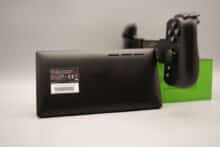
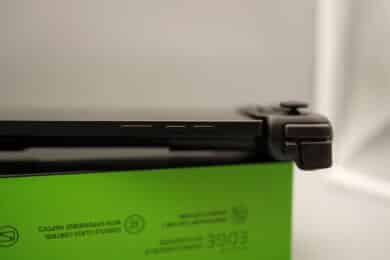
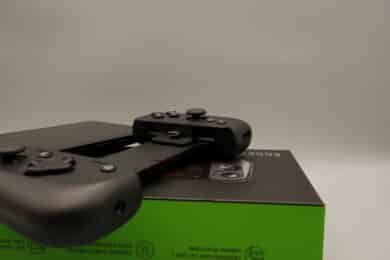
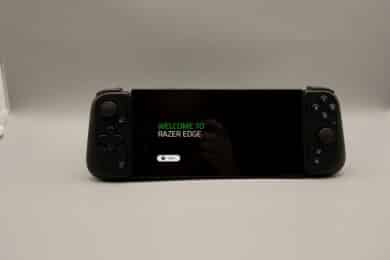
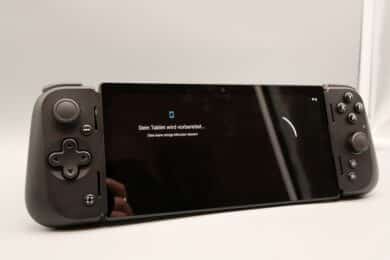
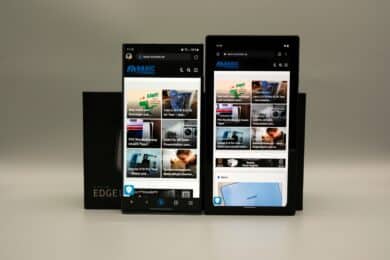
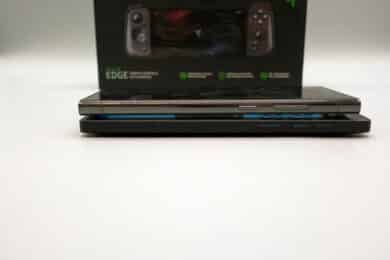
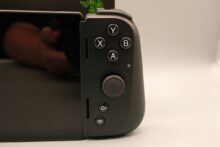


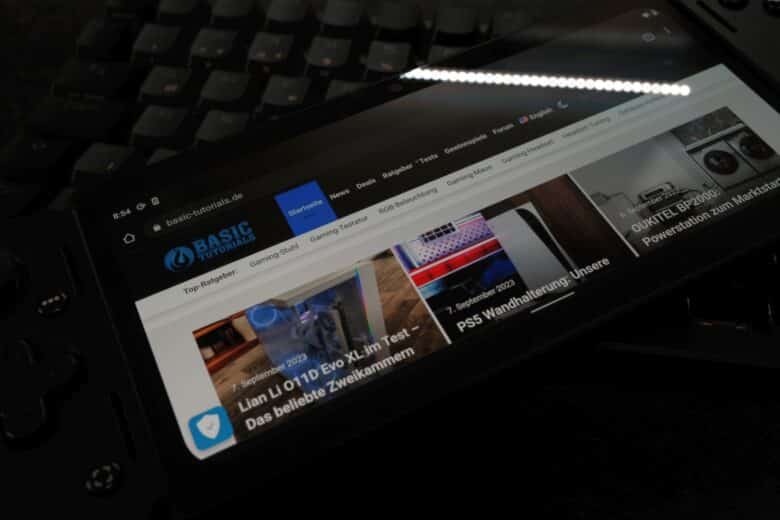





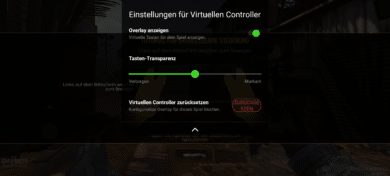
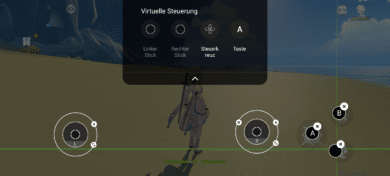


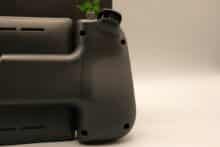


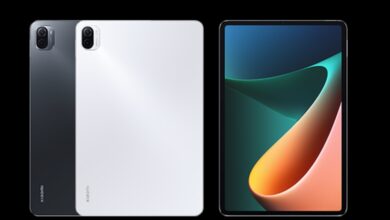
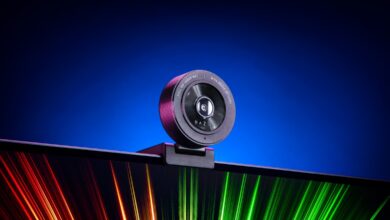
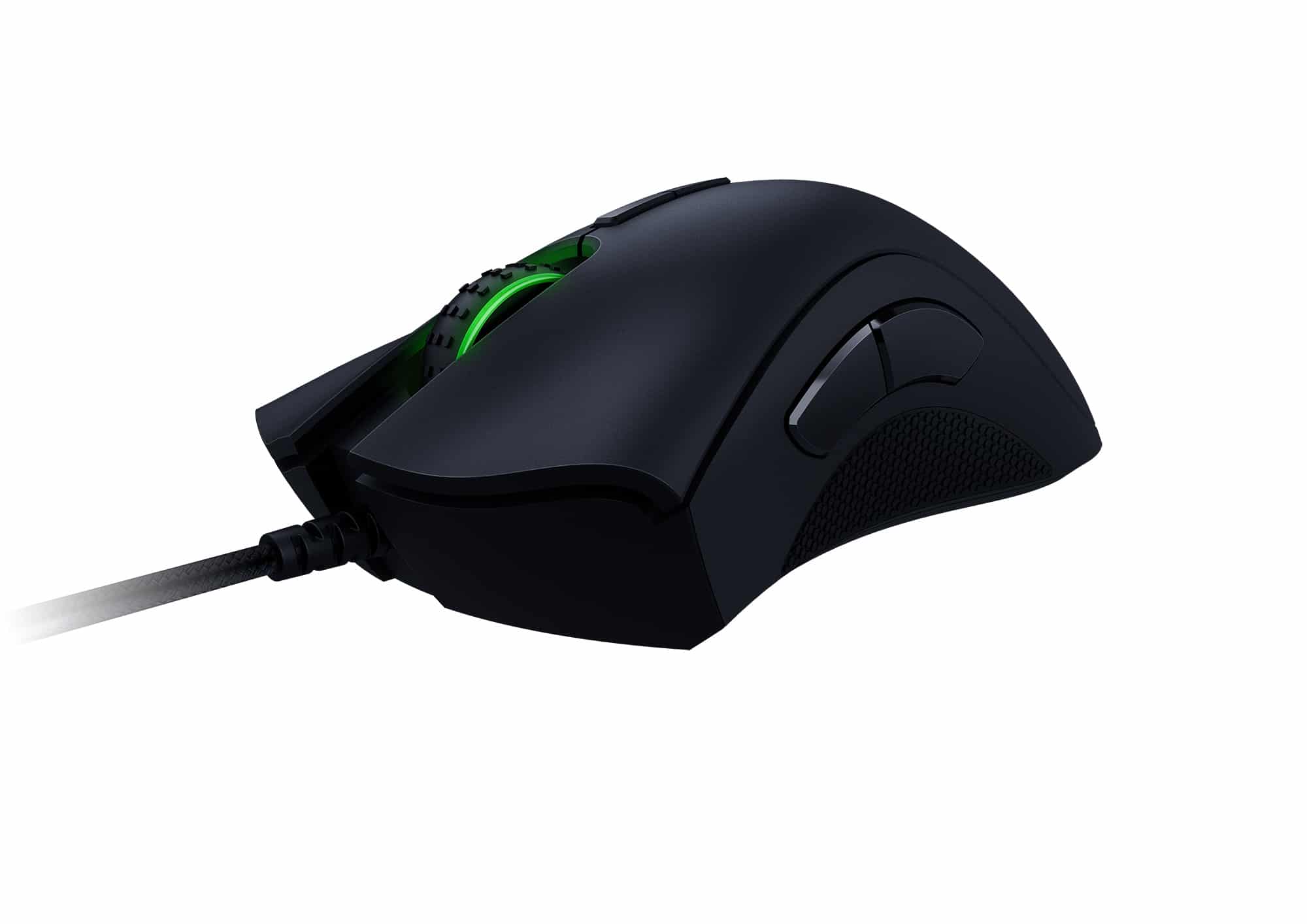
No replies yet
Neue Antworten laden...
Gehört zum Inventar
Beteilige dich an der Diskussion in der Basic Tutorials Community →